
Careya arborea
(MRP Inclusive of all taxes)
- Shipping ₹79 for entire order
- Dispatch in 7 days
- Country of origin: India

(MRP Inclusive of all taxes)
 Save 29%
Save 29%
Air Purifier Money Plant with Pot The Air Purifier Money Plant, also known as Pothos or Epipremnum aureum, is a stunning indoor plant that...
View full details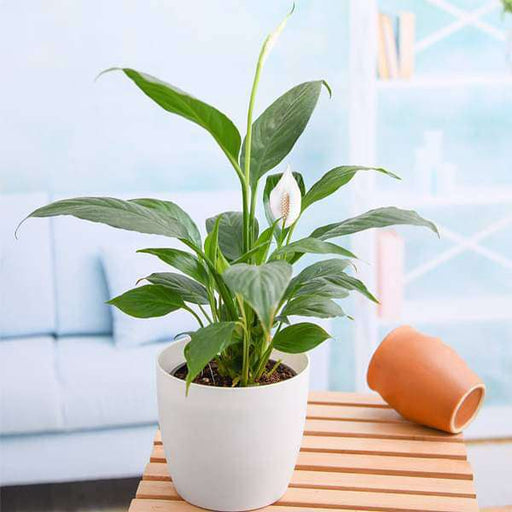
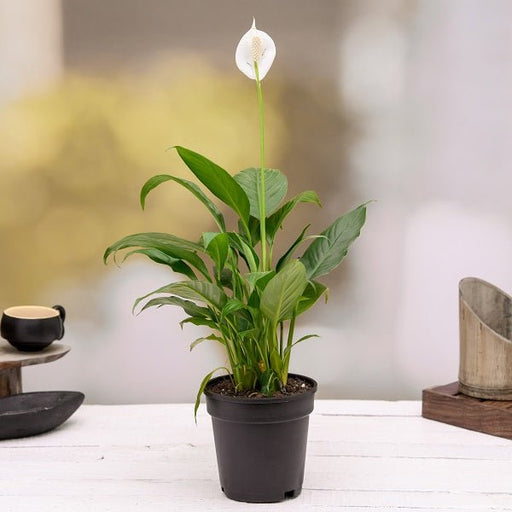 Save up to 15%
Save up to 15%
Peace Lily, Spathiphyllum - Plant The Peace Lily, scientifically known as Spathiphyllum, is a stunning houseplant celebrated for its elegant white...
View full details
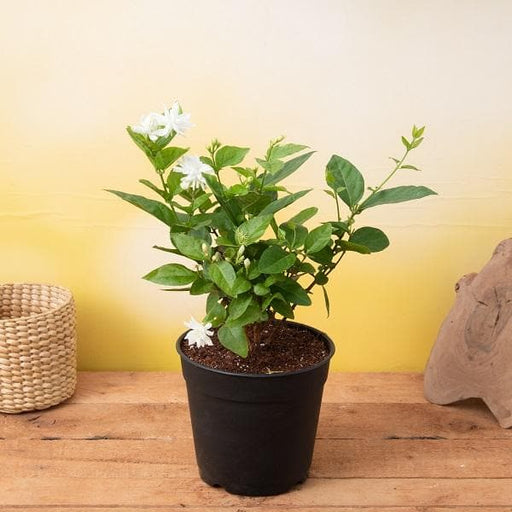 Save 25%
Save 25%
Jasminum sambac, Mogra, Arabian Jasmine - Plant Jasminum sambac, commonly known as Mogra or Arabian Jasmine, is a fragrant flowering plant...
View full details
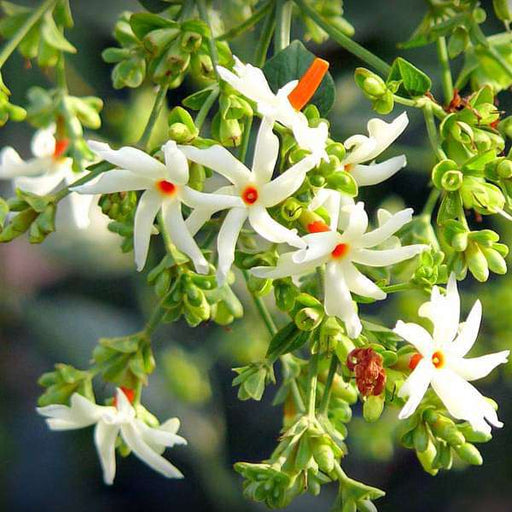 Save 18%
Save 18%
Combo Constituents Includes the Parijat Tree (Night-Flowering Jasmine), a culturally significant plant with fragrant flowers. Description The Pari...
View full details
 Save 25%
Save 25%
Miniature Rose, Button Rose (Any Color) - Plant The Miniature Rose, also known as the Button Rose, is a charming and compact flowering plant that ...
View full details Save 25%
Save 25%
Damascus Rose, Scented Rose (Any Color) - Plant The Damascus Rose, also known as Rosa damascena, is a timeless symbol of beauty and romanc...
View full details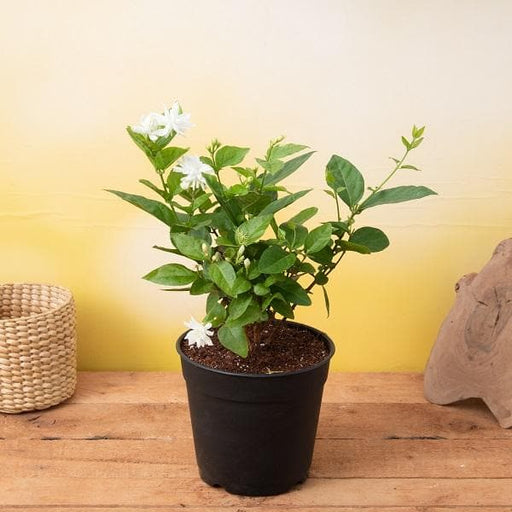
 Save 17%
Save 17%
Beautiful Fragrant Mogra, Arabian Jasmine Plant with Pot The Beautiful Fragrant Mogra, also known as Arabian Jasmine (Jasminum sambac), is...
View full details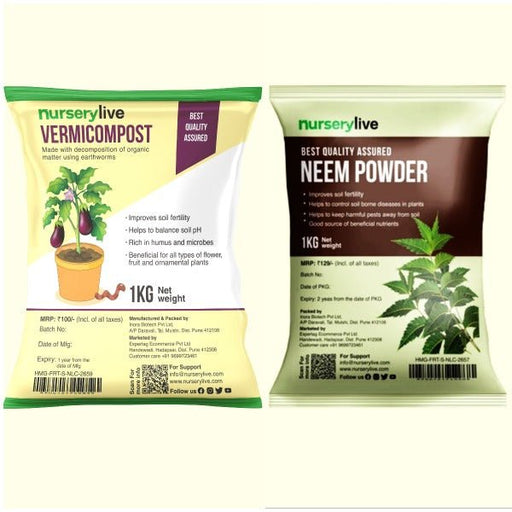 Save 15%
Save 15%
Pack of Vermicompost and Neem Cake for House Plants Transform your indoor garden with our premium Pack of Vermicompost and Neem Cake, spec...
View full details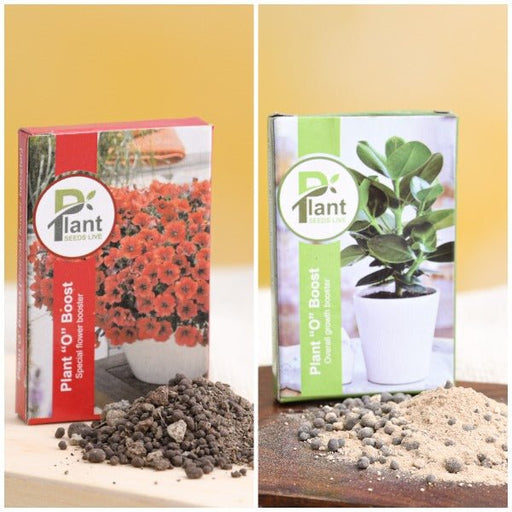
Pack of Plant Growth and Flower Boosters Unlock the full potential of your garden with our Pack of Plant Growth and Flower Boosters! This ...
View full details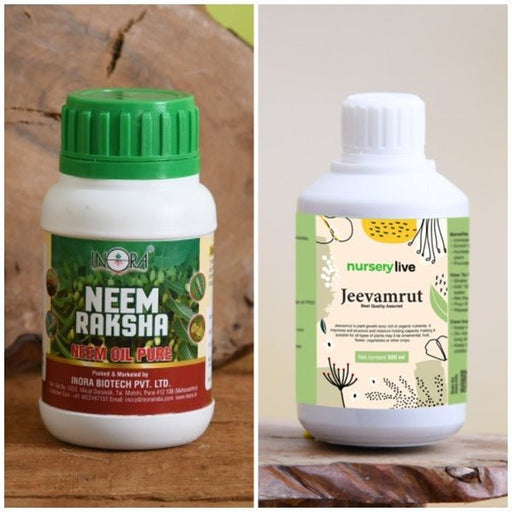 Save 38%
Save 38%
Combo of Jeevamrut and Neem Raksha for Easy Growth and Protection of Houseplants Transform your indoor garden with our exclusive combo of ...
View full details Save 22%
Save 22%
Plant Nutrients Kit (Pack of 16) for a Healthy Garden Transform your garden into a lush paradise with our Plant Nutrients Kit, featuring 1...
View full details Save 16%
Save 16%
Combo of Top Plant Fertilizers Elevate your gardening game with our exclusive Combo of Top Plant Fertilizers, featuring two bags of premiu...
View full details Save 24%
Save 24%
Pack of 4 Additives to Make Soil Healthy and Nutrient Rich Transform your garden into a thriving ecosystem with our Pack of 4 Additives de...
View full details Save 30%
Save 30%
Transform your gardening experience with our premium Combo of Perlite and Vermiculite. This unique blend is designed to enhance soil aeration and ...
View full details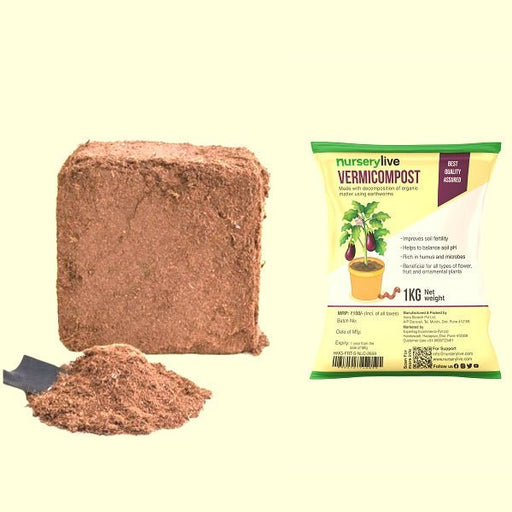 Save 27%
Save 27%
Combo of 2 Vermicompost and Cocopeat - Enrich Your Soil Naturally! Transform your garden into a thriving ecosystem with our Combo of 2 Ver...
View full details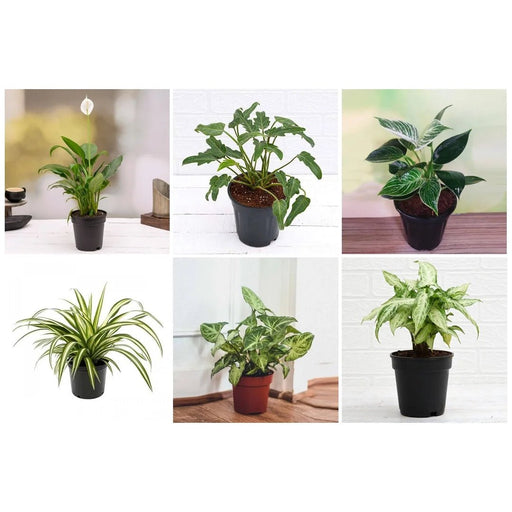
 Save 35%
Save 35%
Best 6 Plants for Perfect Indoor Garden Transform your living space into a lush oasis with our curated collection of the Best 6 Plants for a...
View full details
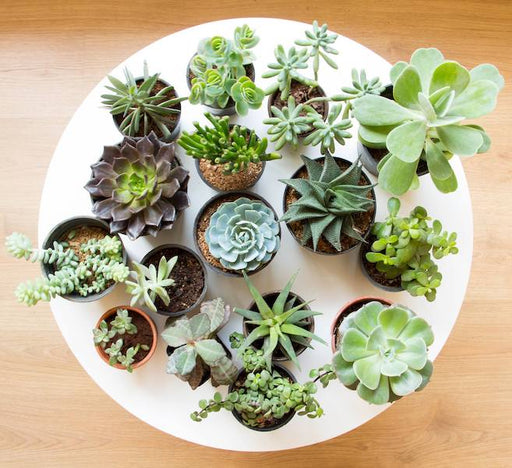 Save up to 50%
Save up to 50%
Mini Succulent Garden Pack Transform your space with our Mini Succulent Garden Pack, featuring a delightful collection of 4 any variety beautiful s...
View full details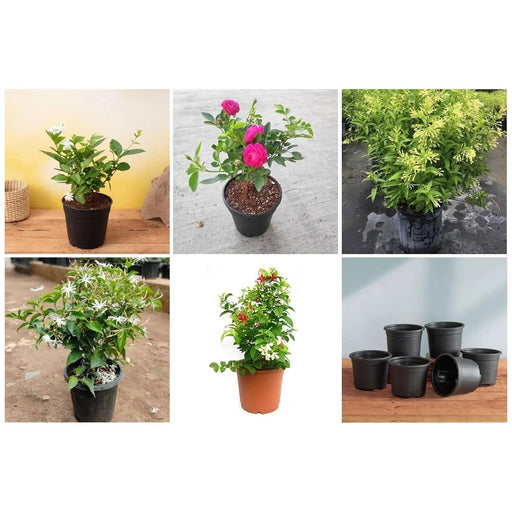
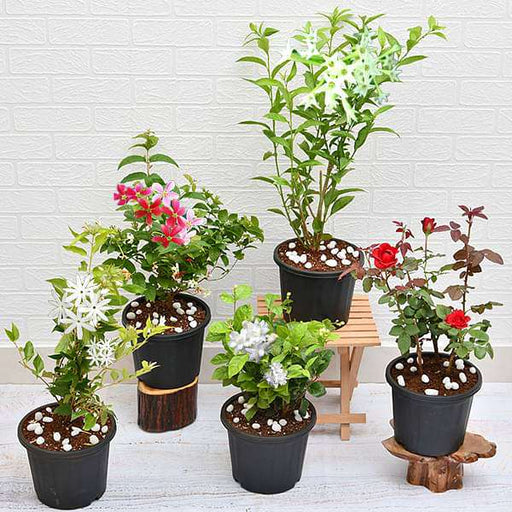 Save 30%
Save 30%
5 Best Fragrant Plants Transform your garden or indoor space into a fragrant paradise with our curated selection of the 5 Best Fragrant Plants. Th...
View full details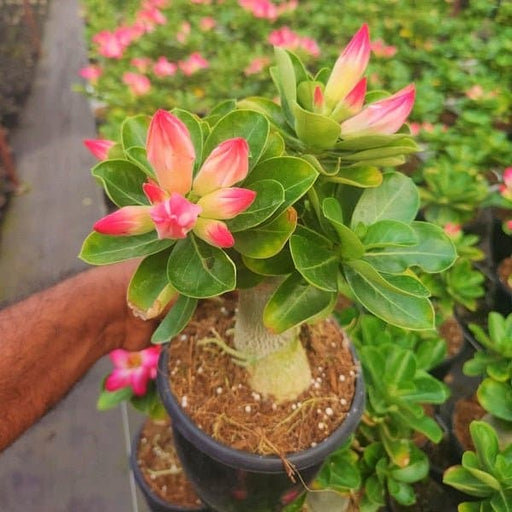
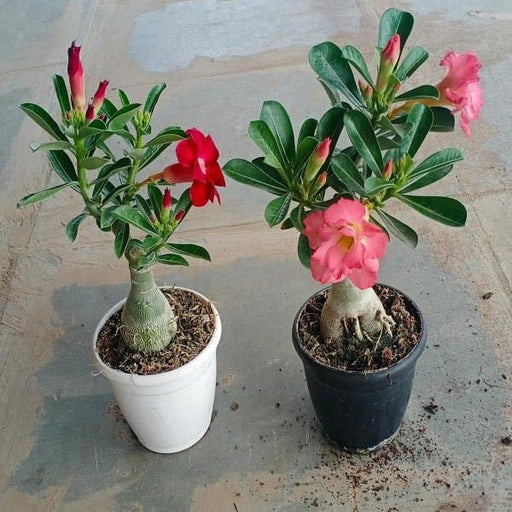 Save 24%
Save 24%
Set of 2 Bonsai Looking Grafted Adeniums Transform your indoor or outdoor space with our exquisite Set of 2 Bonsai Looking Grafted Adenium...
View full details Save 45%
Save 45%
Top 4 Die Hard Succulents Pack Transform your indoor or outdoor space with our Top 4 Die Hard Succulents Pack, featuring a curated selecti...
View full details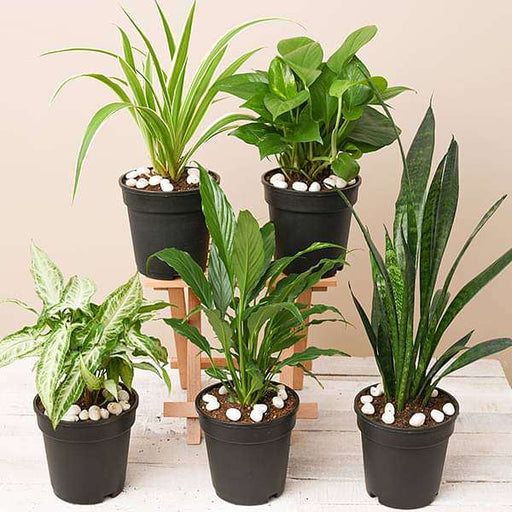
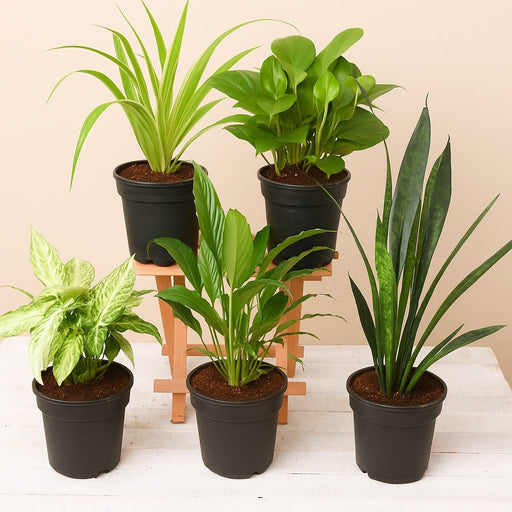 Save 30%
Save 30%
5 Best Indoor Plants Pack Transform your living space into a lush oasis with our '5 Best Indoor Plants Pack.' This carefully curated collection fe...
View full details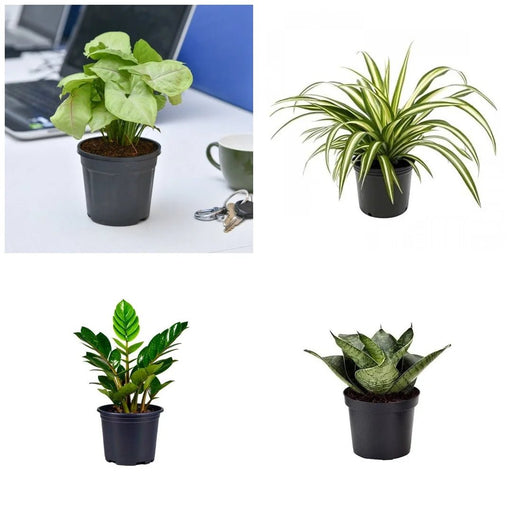
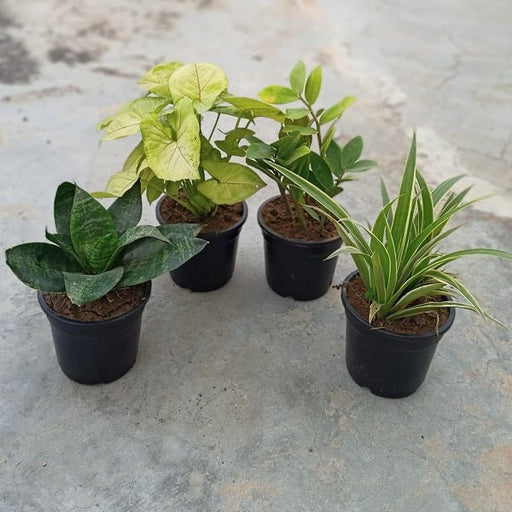 Save 25%
Save 25%
Set of 4 Evergreen Air Purifier Plant Pack Transform your indoor space into a lush, green oasis with our Set of 4 Evergreen Air Purifier Pla...
View full details| SrNo | Item Name |
|---|---|
| 1 | Careya arborea |
Careya arborea, commonly known as the Wild Guava or Kumbhi, is a remarkable tree native to the tropical regions of India and Southeast Asia. This deciduous tree can grow up to 30 meters tall and is renowned for its stunning white flowers and large, edible fruits. The tree thrives in a variety of soil types, making it a versatile addition to any garden or landscape.
What sets Careya arborea apart is its ecological significance. It serves as a vital food source for various wildlife, including birds and insects, while its dense foliage provides excellent shade. Additionally, the tree has been used in traditional medicine for centuries, showcasing its cultural importance.
One of the special features of Careya arborea is its ability to improve soil health. The tree's deep root system helps prevent soil erosion, while its fallen leaves enrich the soil with organic matter, promoting a healthier ecosystem.
Careya arborea plays a crucial role in maintaining biodiversity. Its presence in ecosystems supports various species, while its ability to improve soil quality contributes to sustainable land management. By planting Careya arborea, you are not only enhancing your garden but also supporting the environment.
If you’re looking for a tree that’s not just a pretty face, Careya arborea is your go-to! This tree is like the Swiss Army knife of the plant world, offering a plethora of benefits. From its medicinal properties to its ability to improve soil quality, it’s the multitasker of the forest. The leaves can be used in traditional medicine, while the fruit is a tasty treat for both humans and wildlife. Plus, it’s a champion at carbon sequestration, making it an eco-warrior in disguise. Who knew a tree could be so versatile?
a tree that thrives in tropical and subtropical climates, soaking up the sun like a beach bum. Careya arborea loves to hang out in moist, well-drained soils, often found near rivers and streams. It’s the ultimate socialite of the plant kingdom, often seen mingling with other flora in forests and woodlands. This tree doesn’t just settle for any old spot; it prefers a location where it can stretch its roots and bask in the glory of nature.
If you think Careya arborea is just a tree, think again! This botanical superstar has a resume that would make any plant envious. Its wood is prized for making furniture and crafts, while its leaves and fruits have found their way into traditional remedies. The tree’s bark can be used for ropes and textiles, proving that it’s not just a pretty trunk. Whether you’re looking to furnish your home or whip up a herbal concoction, Careya arborea has got you covered.
Fasten your seatbelts, because Careya arborea is on a growth spree! This tree is known for its relatively quick growth rate, making it a favorite among gardeners who want instant shade. In just a few years, you could have a towering beauty in your backyard, providing a perfect spot for a hammock or a treehouse. It’s like the overachiever of the tree world, always striving to reach new heights—literally!
Want to spread the love of Careya arborea? Propagation is the name of the game! This tree can be propagated through seeds or cuttings, making it a breeze for green thumbs to multiply their leafy friends. Just imagine the joy of watching your little saplings grow into majestic trees, all thanks to your nurturing touch. It’s like being a proud parent, but with less mess and more chlorophyll.
Every tree has its foes, and Careya arborea is no exception. While it’s generally resilient, it can attract a few pesky pests that think they can crash the party. Aphids and caterpillars might try to munch on its leaves, but with a little vigilance and some eco-friendly pest control, you can keep your tree thriving. Think of it as a game of whack-a-mole, where you’re the hero defending your leafy fortress.
Careya arborea is a sun-loving diva that thrives in warm, tropical climates. It’s not one for the cold, so if you live in a frosty area, this tree might just give you the cold shoulder. It prefers temperatures that make you feel like you’re on a permanent vacation, so if you’re in a region that fits the bill, consider adding this beauty to your landscape.
Careya arborea is a bit of a soil snob, but in the best way possible! It prefers well-drained, loamy soils that allow its roots to breathe and spread. While it can tolerate a range of soil types, it truly flourishes in nutrient-rich environments. So, if you want your Careya arborea to strut its stuff, make sure it’s planted in a soil that meets its high standards.
Step aside, modern medicine; Careya arborea is here to show you how it’s done! This tree has been used in traditional medicine for centuries, with its leaves and bark offering a range of health benefits. From treating fevers to aiding digestion, it’s like nature’s own pharmacy. Who needs a prescription when you have a tree that’s got your back?
In some cultures, Careya arborea is more than just a tree; it’s a symbol of strength and resilience. Often featured in folklore and traditional practices, this tree holds a special place in the hearts of many. It’s like the wise elder of the forest, sharing its wisdom through generations. So, when you plant a Careya arborea, you’re not just adding greenery; you’re embracing a piece of cultural heritage.
If you’re looking to jazz up your garden, Careya arborea is the perfect candidate! With its lush foliage and impressive height, it makes for a stunning focal point in any landscape design. Whether you want to create a serene retreat or a vibrant gathering space, this tree can do it all. It’s like the life of the party, bringing beauty and charm to your outdoor space.
Careya arborea, also known as the wild guava or the butter tree, is a tropical tree native to India and Southeast Asia. It’s famous for its large, edible fruits and beautiful flowers. Think of it as nature’s way of saying, “I can be delicious and pretty at the same time!”
Careya arborea thrives in tropical and subtropical regions, particularly in India, Bangladesh, and Myanmar. It loves well-drained soil and plenty of sunlight. If you’re looking for a tree that enjoys a warm climate, this is the one! Just don’t forget to pack your sunscreen if you’re visiting!
Careya arborea is a multitasker! Its fruits are edible and can be used in jams and jellies, while its bark and leaves have medicinal properties. The wood is also prized for its durability. It’s like the Swiss Army knife of trees—useful in more ways than one!
Growing Careya arborea is like having a pet rock—low maintenance but rewarding! It prefers warm climates and well-drained soil. Just give it some sunlight and occasional watering, and it’ll thrive. Just don’t expect it to fetch your slippers; it’s a tree, after all!
Careya arborea has a reputation in traditional medicine for treating various ailments. Its bark and leaves are believed to have anti-inflammatory and antimicrobial properties. So, if you’re feeling under the weather, this tree might just be your herbal superhero—minus the cape!
Careya arborea can reach impressive heights of up to 30 meters (about 98 feet). It’s like the skyscraper of the forest! Just imagine it towering over your garden, providing shade and a touch of tropical flair. Perfect for those who want to feel small and humble!
The fruit of Careya arborea is round, greenish-yellow, and can be quite tasty when ripe. It’s often compared to guava, hence the nickname “wild guava.” Just be careful not to bite into one too soon; it might be a bit sour—like that friend who always tells the truth!
While Careya arborea prefers to stretch its roots in the ground, it can be grown in pots if you’re feeling adventurous. Just ensure the pot is large enough and provide ample sunlight. It’s like giving your tree a cozy apartment—just don’t expect it to stay small forever!
Careya arborea can attract pests like aphids and caterpillars, but don’t worry! A little neem oil or insecticidal soap can help keep them at bay. Think of it as giving your tree a spa day—refreshing and pest-free!
Careya arborea has some drought resistance, but it prefers regular watering, especially during dry spells. It’s like that friend who can survive on snacks but thrives on a full meal. Keep it hydrated, and it’ll reward you with lush foliage and beautiful fruits!
Patience is a virtue! Careya arborea typically takes about 3 to 5 years to start bearing fruit. So, if you’re planting one, prepare for a wait. But once it starts fruiting, it’ll be worth it—like waiting for your favorite show to return after a cliffhanger!